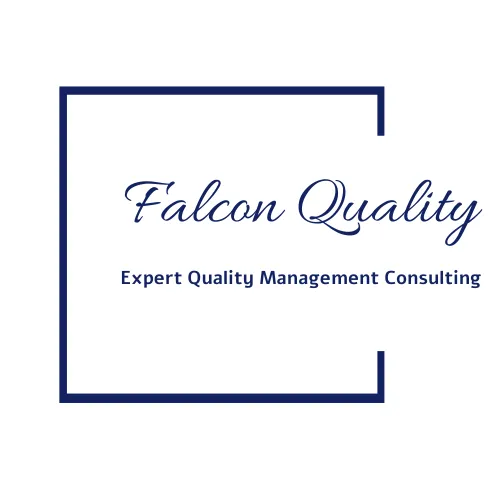
ISO9001 GAP Analysis Question 22 Planning Changes to the QMS
To determine if your quality system aligns with ISO 9001 section 6.3 on “Planning of Changes,” you’ll need to evaluate how your organization plans and implements changes to the quality management system (QMS). Section 6.3 emphasizes that changes should be carried out in a structured, well-thought-out manner to avoid any unintended negative impacts. Here’s a step-by-step guide to help you assess compliance in this area:
1. Review Change Documentation for Purpose and Impact Assessment (6.3a):
Check if there is a clear rationale documented for each change made to your QMS. This includes understanding the purpose behind each change and evaluating potential impacts. For example, if you've introduced a new process or altered an existing one, confirm that there’s documentation explaining the intended outcomes and any anticipated effects on quality or workflow. If these explanations are missing or not fully considered, it may indicate a gap in your change planning process.
2. Confirm the Integrity of the QMS During Changes (6.3b):
Ensure that any changes made do not compromise the core principles and structure of your QMS. This means verifying that even as processes, resources, or roles change, the fundamental goals of your QMS—such as ensuring product conformity and enhancing customer satisfaction—remain intact. If you haven’t documented how changes affect the overall system, or if there’s no evaluation of QMS integrity during these transitions, this could be a compliance issue.
3. Evaluate Resource Availability (6.3c):
When changes are planned, resources—whether personnel, technology, or financial support—must be assessed to confirm availability. Look for records that indicate resources were evaluated and allocated in response to changes. For instance, if a new software system was added to enhance quality tracking, check if necessary training, support, or staffing adjustments were considered. Missing documentation or lack of formal planning around resources may suggest an area where improvement is needed.
4. Assess the Reallocation of Responsibilities and Authorities (6.3d):
Each change may require shifts in roles and responsibilities. Review any change-related records to see if there is a clear, documented assignment or reallocation of responsibilities. For example, if a change involves a new inspection process, confirm that responsibilities for inspections are well-defined and communicated to relevant staff. If there’s no clear record of how roles were adjusted, this could indicate a gap in your change management approach.
By examining these specific aspects of how changes are planned and implemented, you’ll gain a clearer understanding of whether your current QMS meets the requirements outlined in ISO 9001 section 6.3. Any gaps identified in these areas will point to areas for improvement, ensuring that future changes to your QMS are fully compliant and effective.